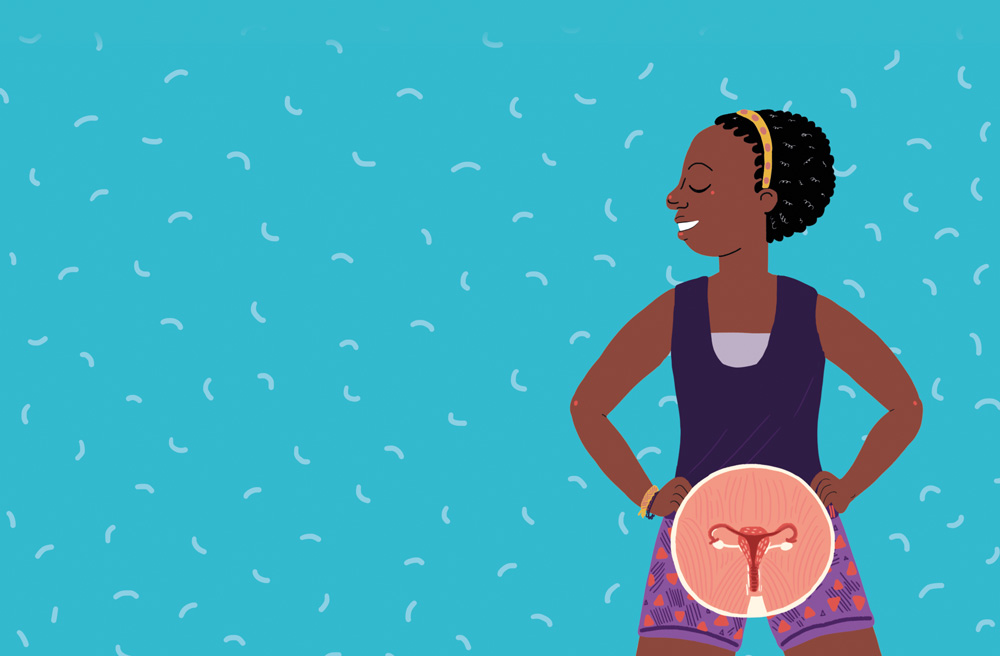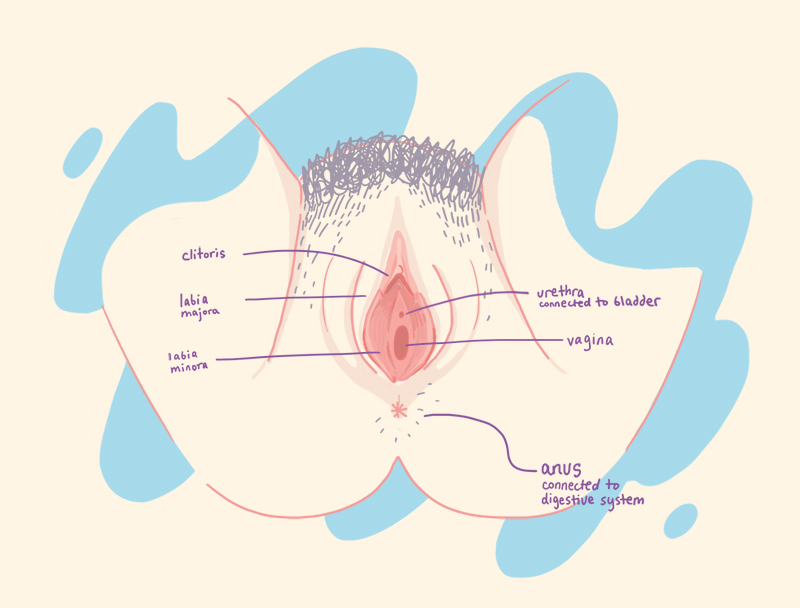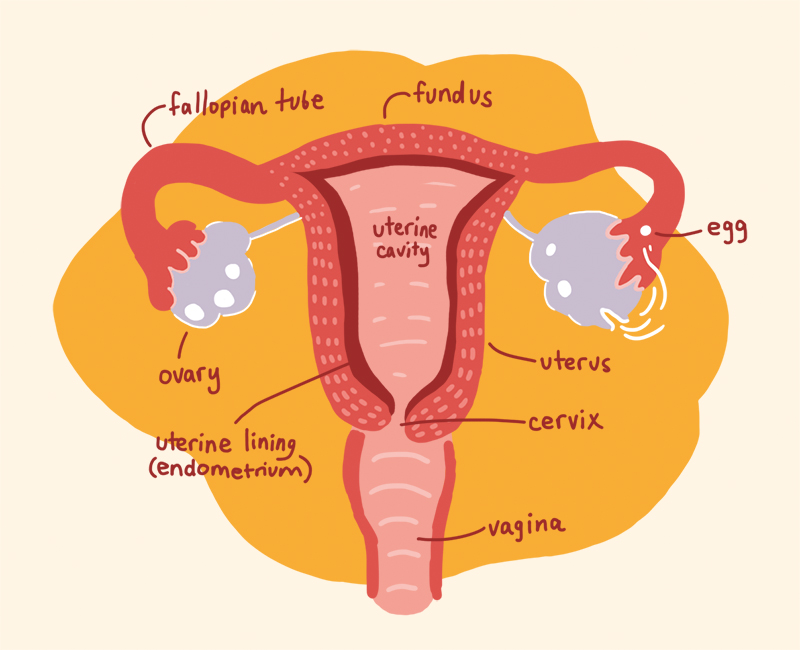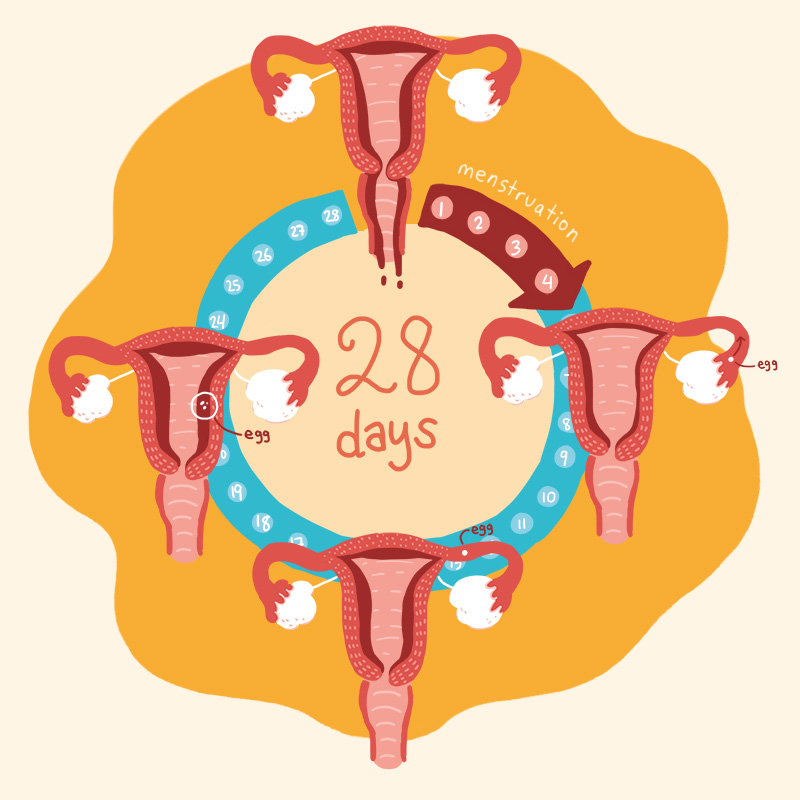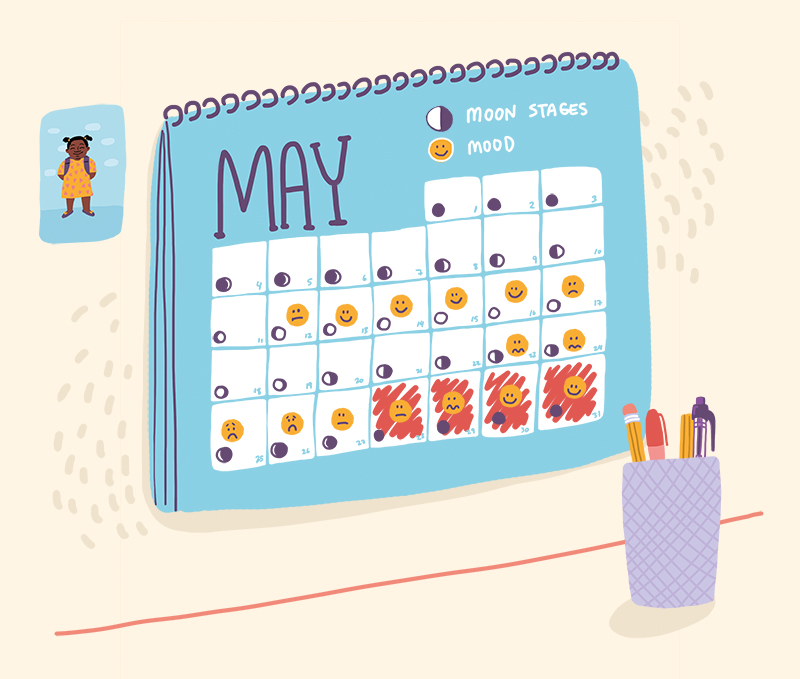Menstrual Cycle
The sexual reproductive organs are the parts of the body that make it possible for us to reproduce (have a baby) when we choose to be parents. The sex organs inside the body are called the internal reproductive organs. Those on the outside are called genitals. When our internal reproductive organs have developed enough for us to eventually get pregnant, we will get our first period. This section explains how menstruation happens as part of the menstrual cycle.

